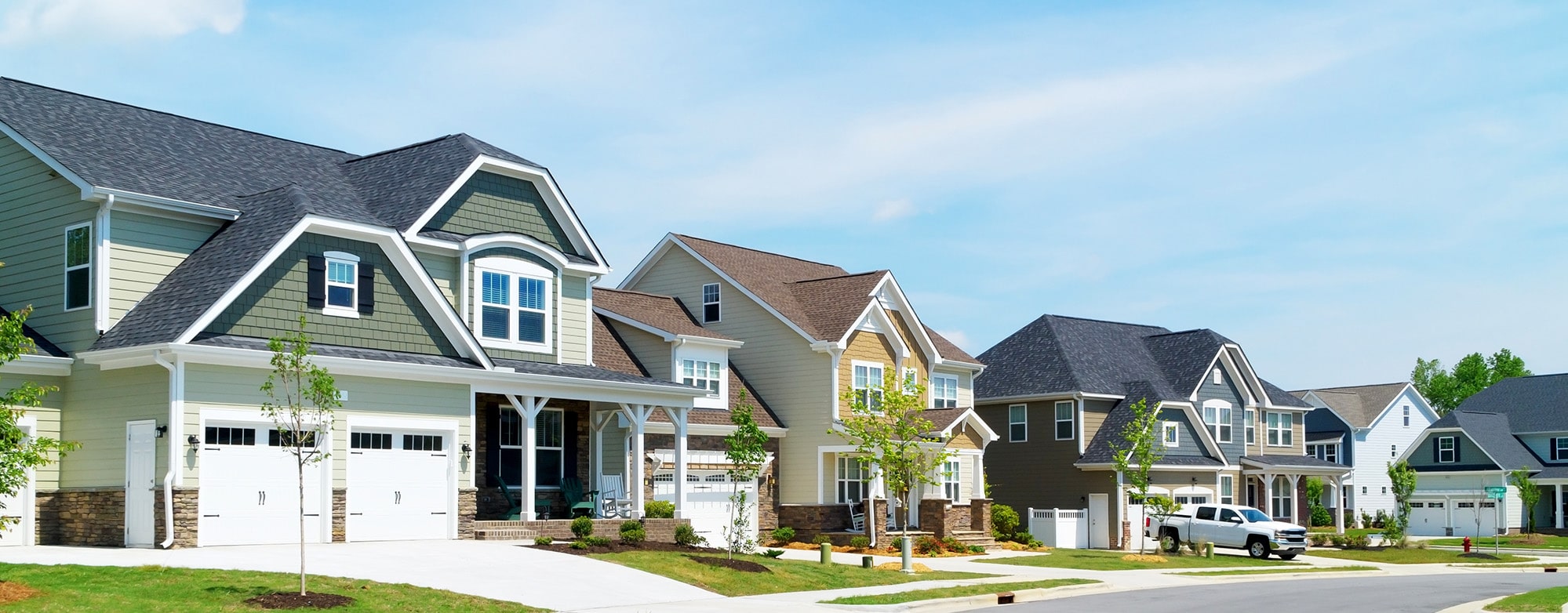As temperatures climb during Utah's hot, dry summers, so does the activity of unwanted guests: pests. From ants and spiders to rodents and wasps, summer in Utah can bring a surge in pest-related problems for tenants and landlords alike.
For renters, managing pest control can be tricky—you want to maintain a comfortable living environment without crossing any lines in your lease agreement. For landlords, preventing pest issues is critical for preserving the condition and reputation of your property.
Whether you're a tenant or a property owner, understanding how to proactively manage pest control during Utah's summer months is essential. Here’s a comprehensive guide to navigating pest control responsibilities and solutions in rental properties.
Why Pest Activity Increases During Utah Summers
Utah’s climate plays a major role in pest behavior. As the summer heat intensifies, many pests seek out cooler, shaded environments with access to food and water—making your rental property an attractive target.
Common summer pests in Utah include:
Ants (especially carpenter and pavement ants)
Spiders (like the common house spider and the venomous black widow)
Wasps and hornets
Earwigs
Rodents (such as mice seeking cooler interiors)
Understanding why pests are attracted to rental properties can help you take proactive steps to prevent them before they become a major issue.
Responsibilities: Tenant vs. Landlord
In Utah, property management companies and landlords are generally responsible for maintaining a habitable living environment. This includes ensuring that pest infestations are properly addressed—especially those that affect the structural safety or health of the rental.
Tenants are typically responsible for keeping the property clean and promptly reporting any pest issues.
Here's a simple breakdown:
Landlord Responsibilities:
Initial pest treatments before move-in.
Structural maintenance that prevents pest entry (e.g., sealing gaps, repairing screens).
Professional extermination if an infestation occurs not due to tenant negligence.
Tenant Responsibilities:
Keeping the rental clean (e.g., proper food storage, trash disposal).
Reporting signs of pests early.
Avoiding behaviors that attract pests (e.g., leaving pet food outside, clutter buildup).
Always refer to your lease agreement, as it may outline more specific obligations for pest control.
Preventative Steps for Tenants
Prevention is the best cure. Tenants can do a lot to minimize the risk of pests during Utah’s summer:
1. Maintain Cleanliness
Regularly wipe down countertops.
Avoid leaving dirty dishes in the sink.
Store food in sealed containers.
Empty garbage cans frequently and use bins with tight-fitting lids.
2. Seal Entry Points
Notify your landlord if you notice gaps around doors, windows, or plumbing that could allow pests inside.
Close doors quickly to prevent flying insects from entering.
3. Manage Outdoor Spaces
Keep patios, balconies, and yard areas free of food debris.
Trim overgrown plants near windows or doors, as they can harbor insects.
4. Be Vigilant with Pets
Store pet food in sealed containers.
Clean pet bedding and feeding areas regularly.
By maintaining a clean and secure living environment, tenants can reduce the risk of an infestation—and their chances of being held responsible for pest control costs.
Best Practices for Landlords
Proactive landlords can make a major difference in minimizing pest issues across their rental properties. Here are a few smart strategies:
1. Schedule Regular Inspections
Routine inspections (every six months or so) allow landlords to catch potential problems early, such as gaps in siding, cracks in foundations, or pest activity signs.
2. Partner with Professional Pest Control Services
Establishing a relationship with a trusted Utah pest control company ensures faster service when problems arise and often provides discounted rates for regular preventative treatments.
3. Educate Your Tenants
Provide a move-in checklist that includes pest prevention tips. Educating tenants empowers them to keep the property pest-free and reduces misunderstandings about who is responsible for what.
4. Invest in Pest-Resistant Property Features
Install door sweeps and weather stripping.
Use fine mesh screens on windows and vents.
Ensure proper drainage to avoid standing water.
Investing upfront can save major costs (and headaches) later.
What to Do If a Pest Problem Arises
Despite best efforts, sometimes pest problems happen. Here's what tenants and landlords should do:
Tenants:
Report pest sightings to your landlord or property management company immediately.
Document sightings (photos, dates, times).
Follow any landlord instructions regarding preparations for treatment (e.g., clearing cabinets).
Landlords:
Respond promptly to tenant reports.
Schedule professional treatment if necessary.
Communicate clearly with tenants about the timing and requirements of pest treatments.
Quick action prevents minor issues from turning into full-blown infestations—and shows your commitment to maintaining a safe and comfortable property.
Natural Pest Control Methods for Rentals
Some tenants prefer non-chemical pest control methods, especially in homes with children or pets. Here are a few safe options that can be used in rentals:
Diatomaceous earth for ants and cockroaches.
Essential oils like peppermint and tea tree oil for spiders.
Vinegar sprays for ant trails.
Boric acid for insect control (used carefully).
Always check with your landlord before applying treatments that could affect the property.
Pest Control and Lease Agreements in Utah
In Utah, it’s common for lease agreements to specify pest control responsibilities. Make sure the lease outlines:
Who pays for routine treatments.
Tenant responsibilities for maintaining cleanliness.
Procedures for reporting pests.
Who is responsible for resolving infestations caused by tenant actions (such as unreported garbage buildup).
Clear communication protects both parties and avoids conflicts.
Final Thoughts: Protecting Your Rental Property from Utah’s Summer Pests
Pest control is a shared responsibility between tenants and landlords. During Utah’s summer months, staying proactive is key. Cleanliness, maintenance, and quick action are the pillars of effective pest control.
Whether you’re renting an apartment in downtown Salt Lake City or managing multiple properties across the Wasatch Front, knowing how to handle pest control will protect your home—and your peace of mind.
If you're a tenant looking for a well-managed rental property or a landlord needing reliable property management services in Utah, Wolf nest is here to help. Our team stays ahead of seasonal challenges like pest control, ensuring that both tenants and property owners enjoy a worry-free summer.
Contact Wolfnest today to learn more about how we make rental living and property management easier in every season!


